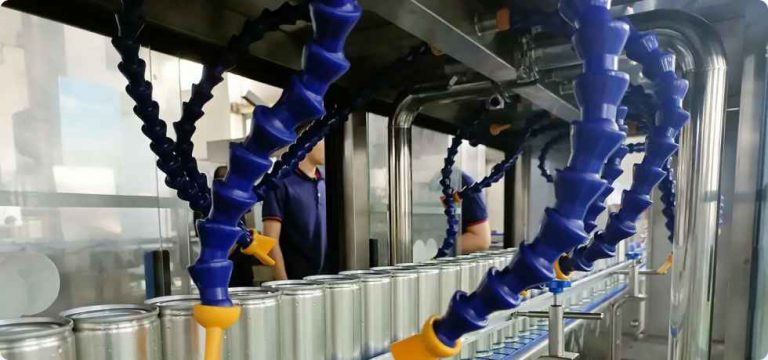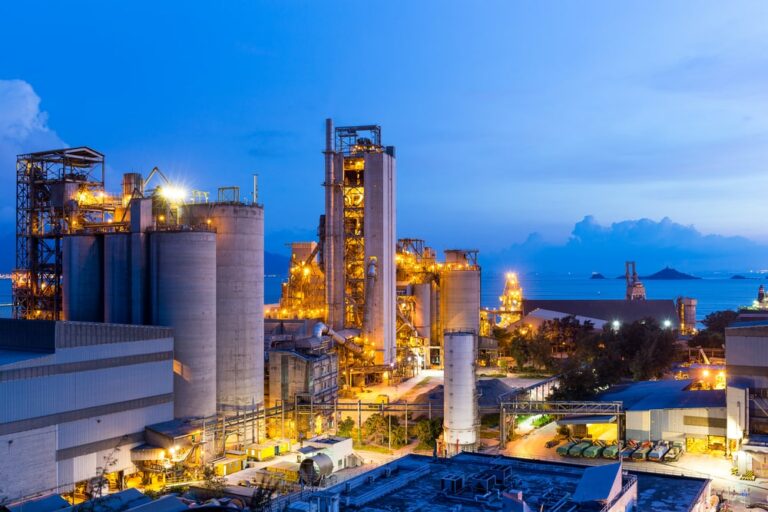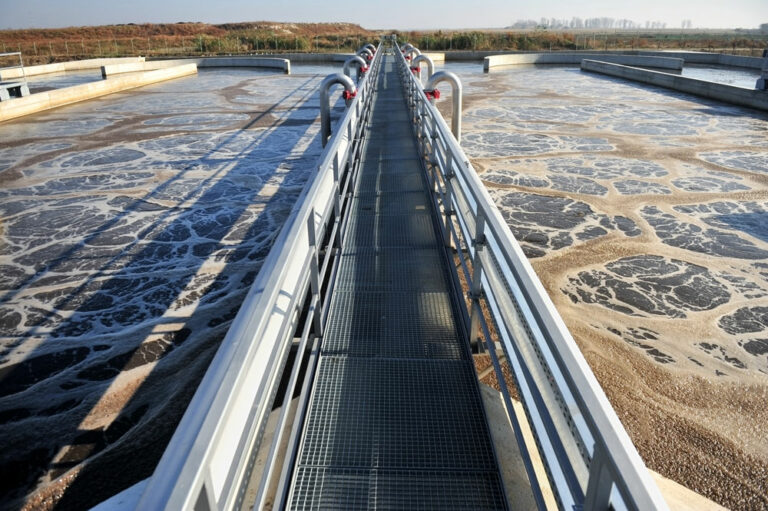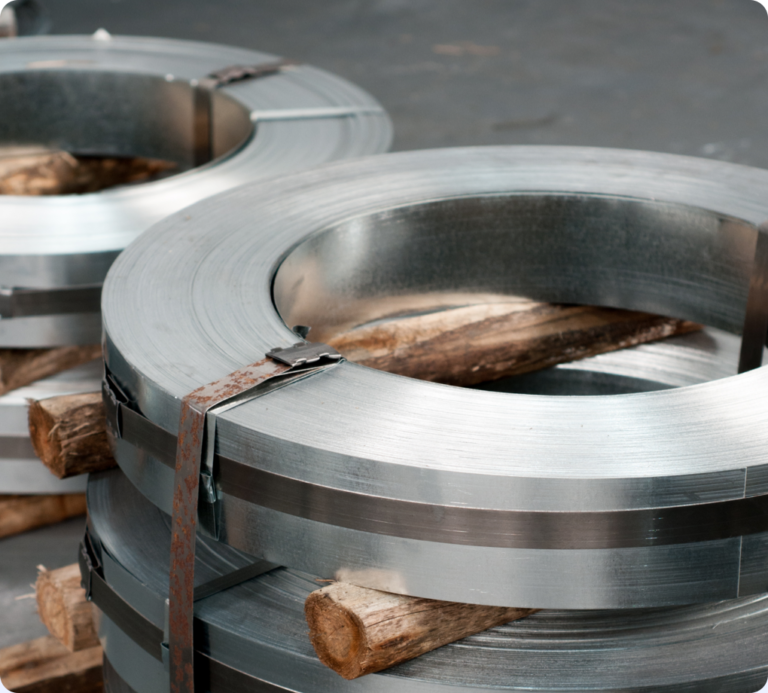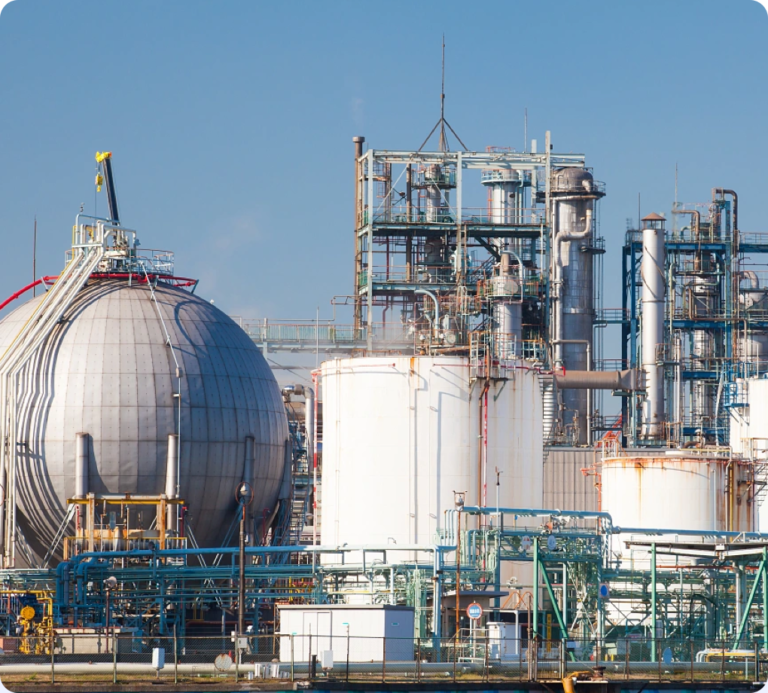RAETTS is located in Dongguan, Guangdong Province, the world’s leading manufacturing city and the hinterland of Guangdong-Hong Kong-Macao Greater Bay Area. The target markets are more than 60 countries, such as the United States, Europe, Hungary,Tromelin Island,Spratly Islands,Cape Verde,Bahrain,Virgin Islands, Southeast Asia and the Middle East.We have own factory named with more than 20 years of production experience, it is specialized in producing effluent treatment plants blower,air blower manufacturer,roots turbo blower,Aeration Blowers Wastewater Treatment,air drying blower,Blowers for pneumatic conveying applications and so on.
If you are interested in any of our products please feel free to contact us. We are looking forward to establishing successful business relationships with new clients around the world in the near future.
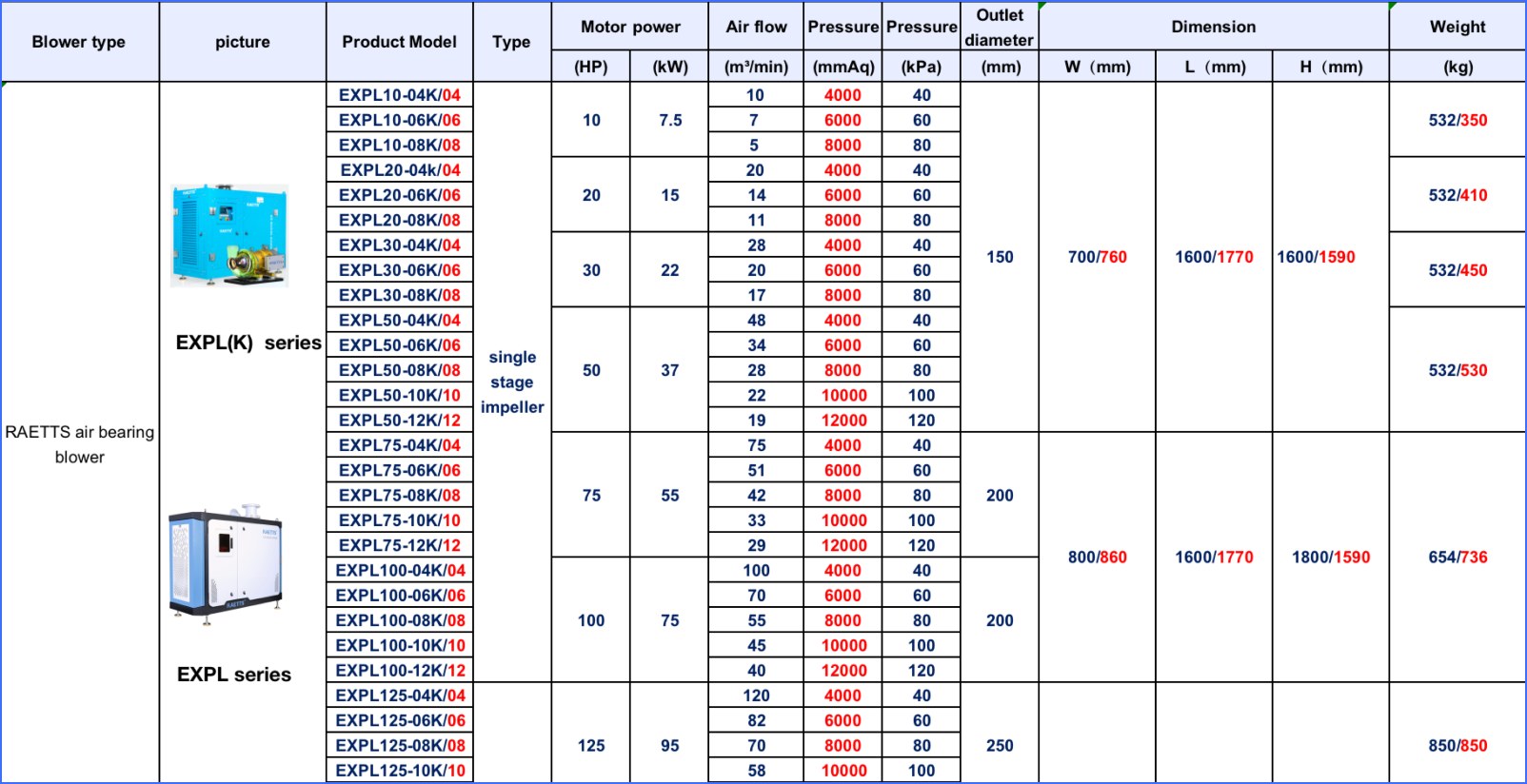
| Product name | effluent treatment plants blower |
| Keyword | effluent treatment plants blower,air blower manufacturer,roots turbo blower,Aeration Blowers Wastewater Treatment,air drying blower,Blowers for pneumatic conveying applications |
| Place of Origin | China |
| Feature | RAETTS air bearing turbo blower is a brand-new concept blower, which integrates the main core technologies such as “air suspension bearing”, “permanent magnet ultra-high-speed motor”, “high-precision aviation-grade impeller”, and creates a new era of ultra-high efficiency ,low noise and low energy consumption. |
| Dimensions | 779mm*712mm*829mm, (Contact us for specific information to confirm) |
| Applicable Industries | sewage treatment, etc. |
| Weight | 580kg |
| delivery date | the common delivery time will be 30-40 days. |
| terms of paymen | RAETTS accept payment by T/T(30% advance payment,70% before shipment) |
| Life span | 15 years (Contact us for specific information to confirm) |
| After-sale service | RAETTS warranty time for air bearing blower and maglev turbo blower is 24months,for high speed centrifugal blower is 12 months. |
| Advantage | We keep good quality and competitive price to ensure our customers benefit |
| Packing | 806x864x804mm(Contact us for specific information to confirm) |
| OEM/ODM | Customization Service Provided |
| Sales country | All over the world for example:Hungary,Tromelin Island,Spratly Islands,Cape Verde,Bahrain,Virgin Islands |
| MOQ | 6pcs(Contact us for specific information to confirm) |
| production capacity | production capacity RAETTS production quantity for air bearing blower and maglev turbo blower is about 200pcs/month,for high speed centrifugal blower is about 700pcs/month. |
| raw materials | RAETTS air blower impeller in made of aluminum alloy,enclosure material is carbon steel,rotor material is cast iron.If customers need other special materials,we can also customized according to customers requirements |
| technology | RAETTS air bearing blower technology is originated from South Korea and maglev turbo blower technology is originated from Germany.RAETTS also have R&D team from Xi’an Jiaotong University |
| quality system | RAETTS has quality management system certificate ISO9001:2015 and enviromental management system certificate ISO14001:2015 |

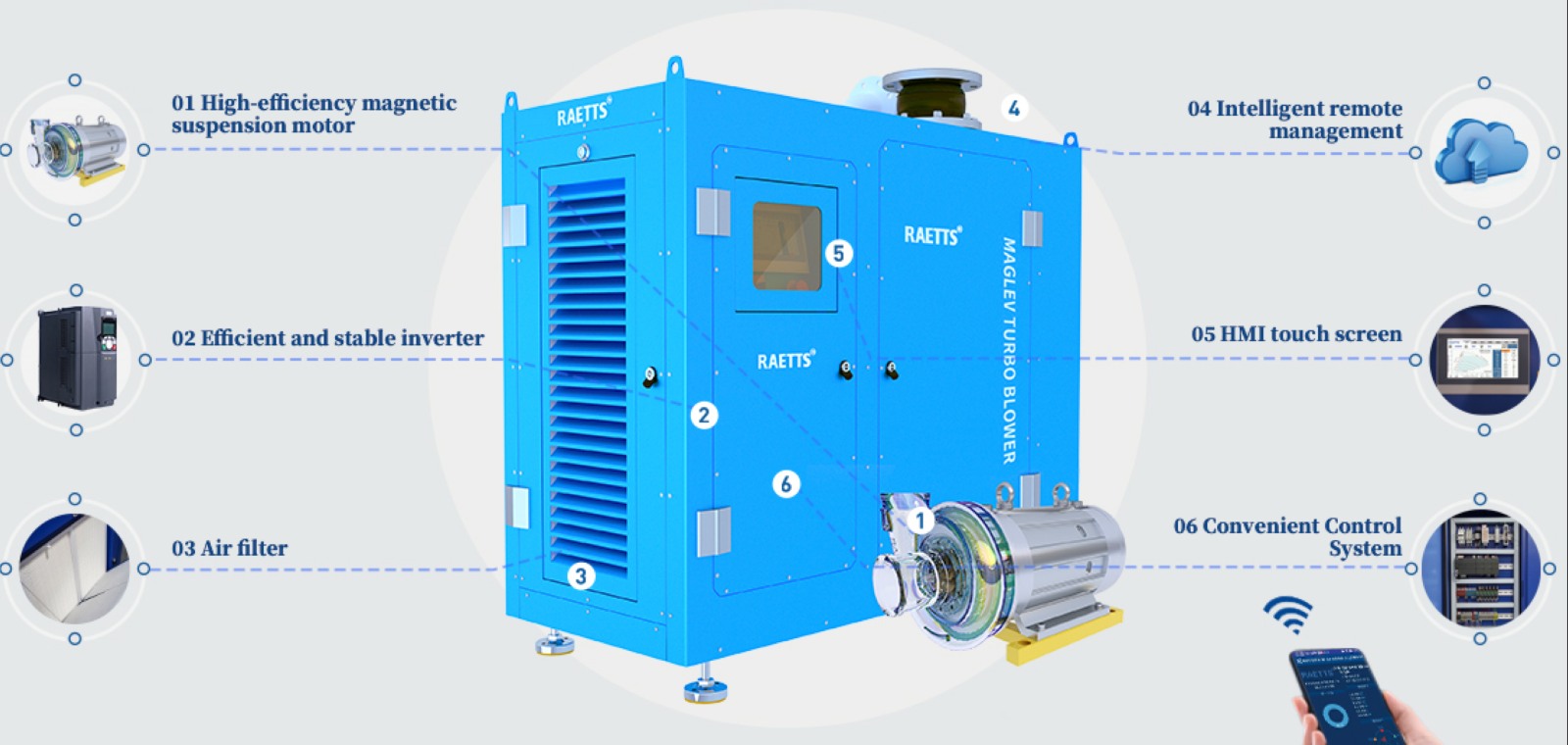
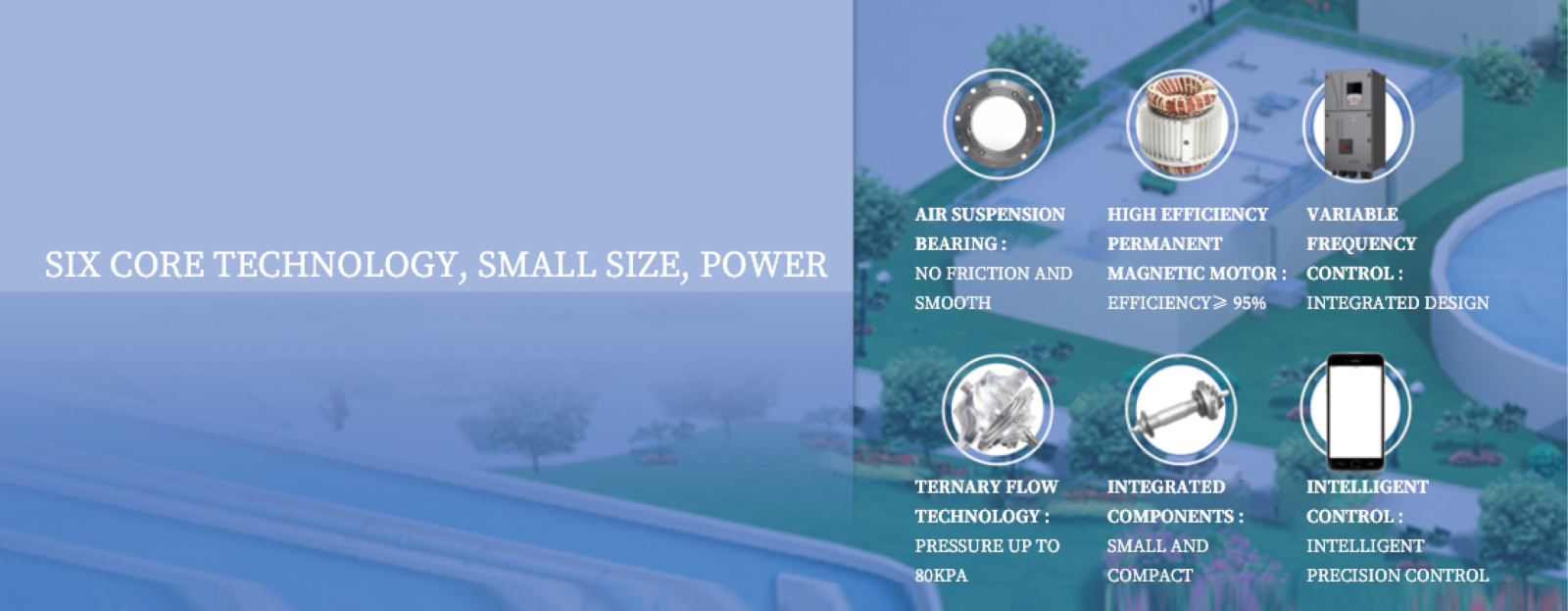
effluent treatment plants blower services FAQs Guide
Are you looking for a quick review guide about effluent treatment plants blowerservices?
An ultimate FAQ buying guide is available to help you.This guide contains all the information about all the important facts, figures, and various processes regarding effluent treatment plants blower services.
Let’s continue!
2.About effluent treatment plants blower overseas warehouse
3.What Industries Benefit Most from Using Turbo Blowers?
4.What is the Maximum Pressure and Flow Rate of a Turbo Blower?
5.What are the common applications of an effluent treatment plants blower?
6.Is a Turbo Blower More Efficient at Higher or Lower Speeds?
7.About the scale of effluent treatment plants blower factory
8.About effluent treatment plants blower delivery date
9.About effluent treatment plants blower air blower origin
10.Is a Turbo Blower Easy to Install and Integrate into My System?
11.What Maintenance is Required for a Turbo Blower?
12.How Does a Variable Speed Drive Affect a Turbo Blower’s Performance?
13.About the development history of effluent treatment plants blower factory
14.About effluent treatment plants blower R&D capabilities
1.What are the Main Components of a Turbo Blower?
Our effluent treatment plants blower products undergo strict quality control to ensure customer satisfaction.
1. Compressor: The compressor is the main component of a turbo blower and is responsible for compressing the air or gas that is being moved through the blower. It typically consists of a rotating impeller and a stationary diffuser.
2. Motor: The motor provides the power to drive the compressor and is usually an electric motor. The size and power of the motor will depend on the size and capacity of the turbo blower.
3. Inlet and Outlet: The inlet is where the air or gas enters the blower and the outlet is where it exits. These are usually designed to minimize turbulence and maximize efficiency.
4. Bearings: The bearings support the rotating shaft of the blower and allow it to spin smoothly. They are typically made of high-quality materials to withstand the high speeds and loads of the blower.
5. Control System: The control system is responsible for monitoring and regulating the speed and operation of the blower. It may include sensors, controllers, and other components to ensure optimal performance.
6. Cooling System: Turbo blowers generate a lot of heat during operation, so a cooling system is necessary to prevent overheating. This may include air or water cooling systems.
7. Housing: The housing or casing of the turbo blower encloses all the internal components and provides structural support. It is usually made of durable materials such as steel or aluminum.
8. Inlet Filter: An inlet filter is often used to remove any contaminants from the air or gas before it enters the blower. This helps to protect the internal components and maintain efficiency.
9. Sound Attenuator: Turbo blowers can be quite loud, so a sound attenuator is often used to reduce the noise level. This may be in the form of a silencer or other noise-reducing device.
10. Vibration Isolators: Vibration isolators are used to reduce the transmission of vibrations from the blower to its surroundings. This helps to minimize noise and prevent damage to nearby equipment.
2.About effluent treatment plants blower overseas warehouse
RAETTS is cooperating with global distributors,some distributors has stock or sample in their warehouse.For now,RAETTS has Germany factory warehouse,and we are building the USA warehouse.
3.What Industries Benefit Most from Using Turbo Blowers?
We focus on our customers’ needs and strive to meet their expectations, so we take this very seriously.
1. Wastewater Treatment: Turbo blowers are commonly used in wastewater treatment plants for aeration and mixing processes. They provide high air flow rates and energy efficiency, making them ideal for this industry.
2. Chemical Processing: Turbo blowers are used in chemical processing plants for various applications such as air agitation, gas compression, and vacuum generation. They are preferred for their high reliability and low maintenance requirements.
3. Power Generation: Turbo blowers are used in power plants for combustion air supply, cooling, and ventilation. They are also used in gas turbine power plants for air compression.
4. Food and Beverage: Turbo blowers are used in the food and beverage industry for aeration, cooling, and drying processes. They are also used for pneumatic conveying of food products.
5. Pulp and Paper: Turbo blowers are used in the pulp and paper industry for aeration, ventilation, and drying processes. They are also used for paper machine vacuum systems.
6. Mining: Turbo blowers are used in the mining industry for ventilation, dust control, and pneumatic conveying of materials. They are preferred for their high efficiency and low maintenance requirements.
7. Oil and Gas: Turbo blowers are used in the oil and gas industry for gas compression, vapor recovery, and flare gas recovery. They are also used for pneumatic conveying of materials in refineries and petrochemical plants.
8. Pharmaceutical: Turbo blowers are used in the pharmaceutical industry for air agitation, drying, and sterilization processes. They are preferred for their high purity and low noise levels.
9. Textile: Turbo blowers are used in the textile industry for air supply in spinning, weaving, and dyeing processes. They are also used for pneumatic conveying of fibers and fabrics.
10. Aquaculture: Turbo blowers are used in aquaculture for aeration and oxygenation of water in fish and shrimp farms. They are preferred for their energy efficiency and low noise levels.
4.What is the Maximum Pressure and Flow Rate of a Turbo Blower?
We should have a stable supply chain and logistics capabilities, and provide customers with high -quality, low -priced effluent treatment plants blower products.
The maximum pressure and flow rate of a turbo blower can vary depending on the specific model and manufacturer. However, in general, turbo blowers can achieve pressures up to 15 psi (1 bar) and flow rates up to 10,000 cubic feet per minute (cfm) (283 cubic meters per minute). Some high-performance turbo blowers may be able to achieve even higher pressures and flow rates. It is important to consult the manufacturer’s specifications for the specific turbo blower being used to determine its maximum pressure and flow rate capabilities.
5.What are the common applications of an effluent treatment plants blower?
The air blower can be applied for wastewater treatment aeration,pneumatic conveying,sandblaster,combustion support,galvanization,air knife drying,aquaculture oxygenation,fish farming,etc.
6.Is a Turbo Blower More Efficient at Higher or Lower Speeds?
We pay attention to the transformation of intellectual property protection and innovation achievements. Your OEM or ODM order design we have a complete confidentiality system.
A turbo blower is more efficient at higher speeds. This is because the higher the speed, the more air is being pushed through the blower, resulting in a higher volume of air being moved. This increased volume of air allows for more efficient operation and better performance. Additionally, at higher speeds, the blower is able to overcome any resistance or back pressure in the system more easily, resulting in a more efficient operation.
7.About the scale of effluent treatment plants blower factory
For now,RAETTS has 3 factory:
Ganzhou standard product production base:30000m2;
Dongguan R&D product production base:20000m2;
Germany production base:2000m2;
8.About effluent treatment plants blower delivery date
For the regular model air blowers(air suspension blower and maglev turbo blower) which RAETTS is producing,the common delivery time will be 30-40 days.For Super air blower and EXPLORER series high speed centrifugal air blower,delivery date is about 10 days.For some other R&D products,RAETTS delivery data is about 3-4 months.
9.About effluent treatment plants blower air blower origin
RAETTS air blower is made in China and made in Germany,we have factory both in China and Germany.
10.Is a Turbo Blower Easy to Install and Integrate into My System?
We continuously upgrade our skills and knowledge to adapt to changing effluent treatment plants blower market needs.
Yes, a turbo blower is relatively easy to install and integrate into a system. It typically comes with a mounting base or bracket that can be easily attached to a flat surface. The blower also has inlet and outlet connections that can be easily connected to the existing piping system. In addition, most turbo blowers come with a control panel that can be easily integrated into the system’s control system. However, it is important to consult the manufacturer’s installation instructions and guidelines to ensure proper installation and integration.
11.What Maintenance is Required for a Turbo Blower?
We continue to invest in research and development and continue to launch innovative products.
1. Regular Cleaning: The most important maintenance task for a turbo blower is regular cleaning. This includes removing any debris or buildup from the blower blades, housing, and inlet and outlet ports. This can be done using compressed air or a soft brush.
2. Lubrication: The bearings and gears of a turbo blower require regular lubrication to ensure smooth operation and prevent wear and tear. It is important to follow the manufacturer’s recommendations for the type and frequency of lubrication.
3. Inspection of Belts and Couplings: The belts and couplings of a turbo blower should be inspected regularly for wear and tear. Any signs of damage or wear should be addressed immediately to prevent further damage to the blower.
4. Check for Air Leaks: Air leaks can significantly reduce the efficiency of a turbo blower. Regularly check for any leaks in the blower system and repair them promptly.
5. Monitor Vibration Levels: Excessive vibration can indicate a problem with the blower, such as misalignment or worn bearings. Regularly monitor vibration levels and address any issues promptly to prevent further damage.
6. Check for Overheating: Overheating can damage the components of a turbo blower. Regularly check the temperature of the blower and address any overheating issues immediately.
7. Replace Worn Parts: Over time, the blades, bearings, and other components of a turbo blower may wear out and need to be replaced. It is important to regularly inspect these parts and replace them as needed to maintain the blower’s efficiency.
8. Follow Manufacturer’s Maintenance Schedule: It is important to follow the manufacturer’s recommended maintenance schedule for your specific turbo blower model. This will ensure that all necessary maintenance tasks are performed at the appropriate intervals.
9. Keep a Maintenance Log: Keeping a detailed maintenance log can help track the performance of the turbo blower and identify any recurring issues. This can also help with scheduling and planning for future maintenance tasks.
10. Consult a Professional: If you are unsure about any maintenance tasks or notice any unusual issues with your turbo blower, it is best to consult a professional for assistance. They can provide expert advice and ensure that the blower is properly maintained.
12.How Does a Variable Speed Drive Affect a Turbo Blower’s Performance?
We focus on innovation and continuous improvement to maintain a competitive advantage.
A variable speed drive (VSD) can have a significant impact on a turbo blower’s performance. Here are some ways in which a VSD can affect a turbo blower:
1. Energy Efficiency: One of the main benefits of using a VSD with a turbo blower is improved energy efficiency. By adjusting the speed of the blower to match the required air flow, a VSD can reduce the amount of energy consumed by the blower. This is because the blower does not have to run at full speed all the time, which can result in significant energy savings.
2. Improved Control: A VSD allows for precise control over the speed of the blower, which in turn allows for better control over the air flow. This is especially useful in applications where the air flow requirements vary, as the blower can be adjusted to meet the changing demands.
3. Reduced Wear and Tear: Running a turbo blower at full speed all the time can put a lot of strain on the equipment, leading to increased wear and tear. By using a VSD, the blower can be operated at lower speeds when the demand is lower, reducing the strain on the equipment and extending its lifespan.
4. Noise Reduction: Turbo blowers can be quite noisy when running at full speed. By using a VSD to adjust the speed of the blower, the noise level can be reduced significantly. This is especially beneficial in applications where noise levels need to be kept to a minimum.
5. Improved Process Control: In some applications, the air flow requirements may need to be adjusted constantly to maintain a specific process condition. A VSD allows for precise control over the air flow, making it easier to maintain the desired process conditions.
In summary, a variable speed drive can have a positive impact on a turbo blower’s performance by improving energy efficiency, control, reducing wear and tear, noise levels, and improving process control. It is a valuable tool for optimizing the performance of a turbo blower in various applications.
13.About the development history of effluent treatment plants blower factory
RAETTS was set up in the year of 2011,the first product is super series high speed centrifugal blower(belt-drive type).The second product is developed in 2014,it is the direct-drive type high speed centrifugal blower,higher efficiency than belt-drive type.Both of this two blowers are used as the air source of the air knife drying systems.The air bearing blower was developed in 2018 and maglev turbo blower was developed in 2019.In 2020,we developed turbo compressor,which is to meet different applications which need higher pressure.
14.About effluent treatment plants blower R&D capabilities
RAETTS R&D team has more than 20 people,the chief team leader worked for BYD before,and the technique of whole team is supported by Xi’an Jiaotong University.
Tag:energy-saving air blower,oil-free air blower,mini turbo blower,Air suspension centrifugal blower,high efficiency turbo blower,Textile printing and dyeing blower,turbo blower for blast furnace

